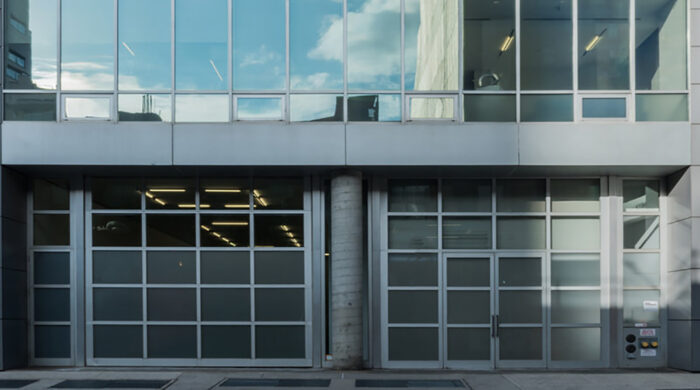 In the heart of the bustling art scene, where creativity knows no bounds and innovation thrives, the Marlborough Gallery has long stood as a beacon of artistic excellence. With its illustrious history spanning over six decades, this iconic institution has been a sanctuary for artists and art enthusiasts alike. However, recent developments have brought forth the unexpected news of the gallery’s closure, marking the end of an era in the art world.
In the heart of the bustling art scene, where creativity knows no bounds and innovation thrives, the Marlborough Gallery has long stood as a beacon of artistic excellence. With its illustrious history spanning over six decades, this iconic institution has been a sanctuary for artists and art enthusiasts alike. However, recent developments have brought forth the unexpected news of the gallery’s closure, marking the end of an era in the art world.
Founded in 1946 by Frank Lloyd and Harry Fischer, Marlborough Gallery quickly established itself as a pioneering force in the realm of contemporary art. Over the years, it became synonymous with groundbreaking exhibitions, representing renowned artists such as Francis Bacon, Jackson Pollock, and Mark Rothko. Its sprawling spaces in New York City and branches across the globe became pilgrimage sites for aficionados seeking to immerse themselves in the latest artistic movements.
Yet, despite its storied legacy and influential roster of artists, Marlborough Gallery has not been immune to the challenges plaguing the art industry. In recent years, shifting market dynamics, coupled with the rise of digital platforms, have posed significant obstacles for brick-and-mortar galleries. The COVID-19 pandemic only exacerbated these challenges, forcing galleries to adapt to a rapidly changing landscape or face extinction.
For Marlborough Gallery, the decision to close its doors was undoubtedly a difficult one, resonating with a sense of loss felt not only by its patrons but by the broader artistic community. In an official statement, the gallery cited “economic pressures exacerbated by the pandemic” as the primary reason behind its closure. The announcement sent shockwaves throughout the art world, prompting reflection on the fragility of cultural institutions in an ever-evolving environment.
The closure of Marlborough Gallery serves as a poignant reminder of the importance of adaptability and resilience in the face of adversity. As the art world grapples with the repercussions of the pandemic and embraces digital innovation, galleries must find new ways to engage audiences and support artists. Virtual exhibitions, online viewing rooms, and digital marketing strategies have become indispensable tools in navigating this new landscape, enabling galleries to reach global audiences and foster connections in ways previously unimaginable.
Nevertheless, the closure of Marlborough Gallery also sparks conversation about the broader implications for the future of art appreciation. While digital platforms offer unprecedented accessibility, they cannot fully replicate the visceral experience of engaging with art in a physical space. The loss of traditional galleries threatens to diminish the sense of community and dialogue that flourishes within their walls, underscoring the irreplaceable value of cultural institutions in shaping our collective consciousness.
As we bid farewell to Marlborough Gallery, we must acknowledge its profound impact on the art world and honor its legacy as a champion of creativity and expression. While its physical presence may fade into memory, the spirit of innovation and artistic exploration it embodied will endure, inspiring future generations to push the boundaries of artistic discourse. In this ever-changing landscape, we must remain vigilant in preserving the spaces where creativity thrives, ensuring that the legacy of Marlborough Gallery lives on in the hearts and minds of all who cherish the transformative power of art.
